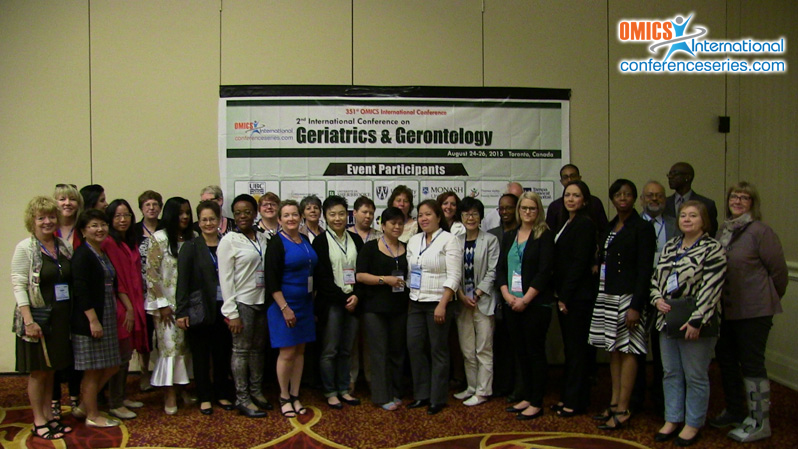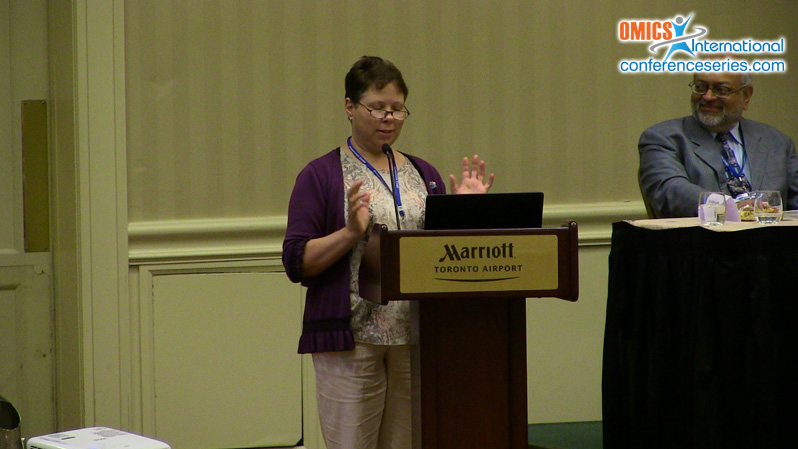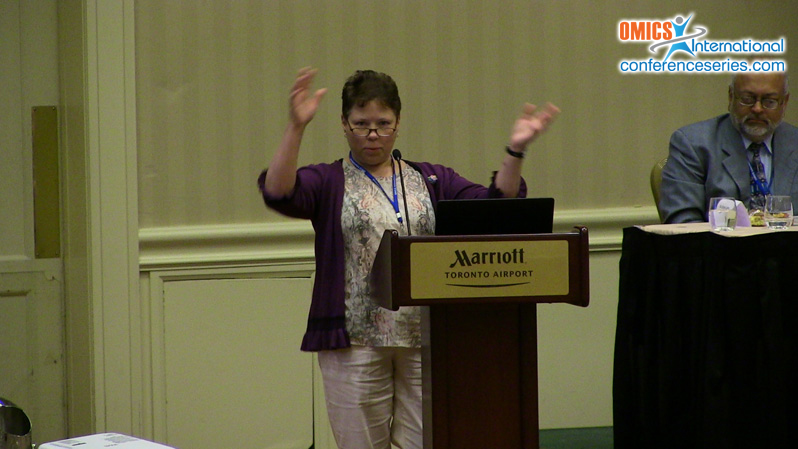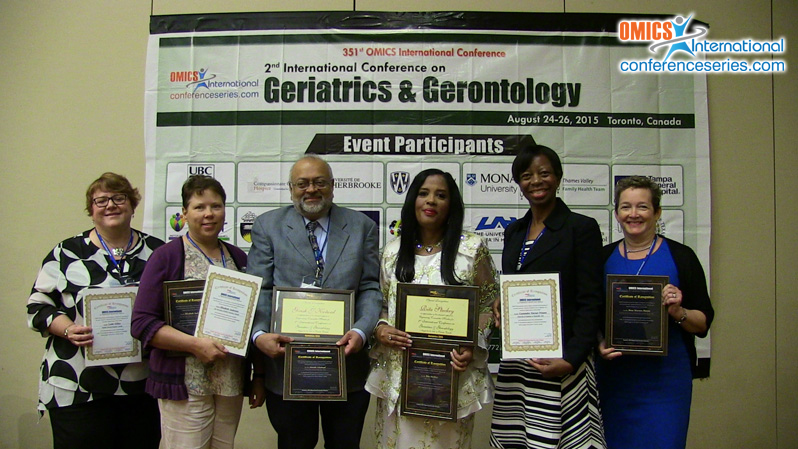
Elizabeth Andersen
The University of British Columbia, Canada
Title: Nursing home models and modes of service delivery: A review of outcomes
Biography
Biography: Elizabeth Andersen
Abstract
Within contemporary approaches to nursing home care, the staff composition and task allocation influence paidcaregiver experiences, and in turn affect the quality of care provided to residents. In this presentation, I will profile several different models of nursing home care with their associated modes of service delivery, and summarize the varied reports of effectiveness of these models and modes of service delivery. While anecdotalevidence supports the Eden Alternative® Neighbourhood or Household models, empirical support for the consistent assignment mode of service delivery within the Eden Neighbourhood or Household models is notextensive. More persuasive evidence supports the more advanced Eden Greenhouse model with its embedded flexible assignment policies and self-managed teams of care aides. Flexible assignments are a design element of the Alzheimer’s Disease and Related Disorders Society (ADARDS) model as well. Although consistentassignments for paid caregivers continue to be targeted by organizations, self-managed teams and flexibleassignments may be more ideal modes of nursing home service delivery, especially now, as the average age,frailty level, and acuity level of nursing home residents is increasing.






